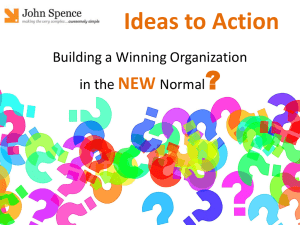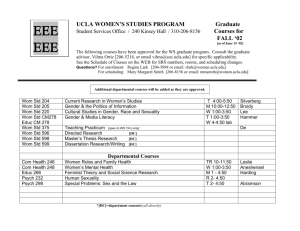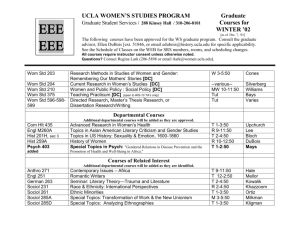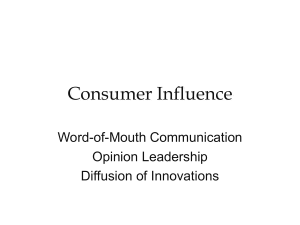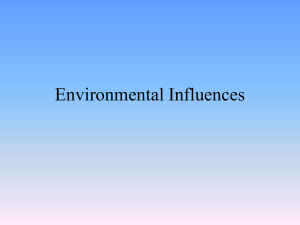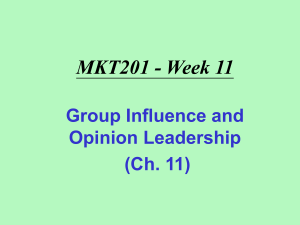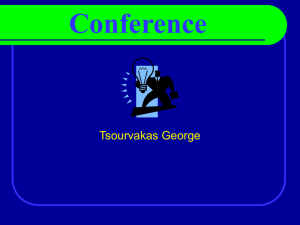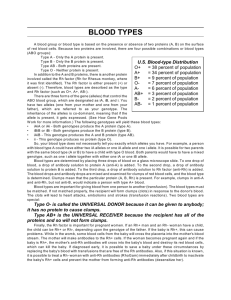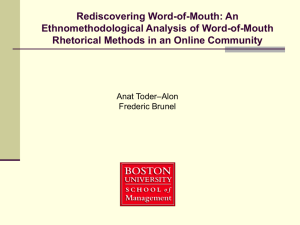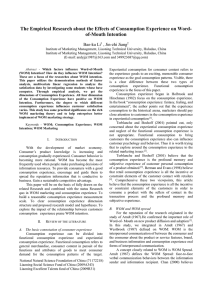Viral Marketing
advertisement
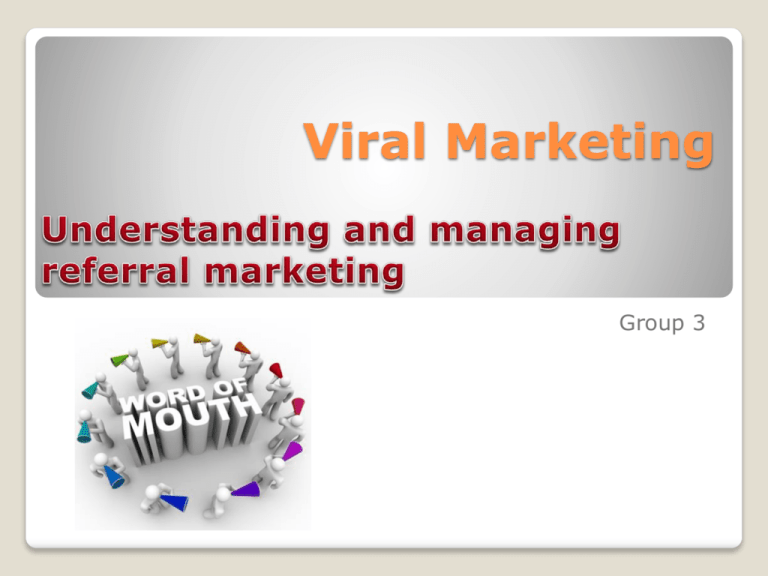
Viral Marketing Group 3 Introduction I) II) Intrapersonal Variable III) Negative & Positive WOM IV) WOM with Services V) Cultural Limitation of WOM Opinion Leader & Mass Marketing Table of content Introduction With text messages, emails, wall posts and tweets, it’s easier to communicate than ever before. The easier it is to talk, the faster information will spread. As you may know, word of mouth (WOM) advertising is the most effective form of consumer persuasion Evolution of Marketing Communication Theory of mass communication (< 1940) Vs. Concept of “Opinion Leaders” (late 1940s) Person 1 Marketer Opinion Leader Person 2 Person 3 Person X Attitudes + behaviors All levels and in all groupings of society Influential on one or several topics Three common characteristics: ◦ Social participation ◦ Social status ◦ cosmopolitanism Opinion Leaders PR strategy use WOM to promote Microsoft Vista notebooks Opinion leaders High Profile Bloggers Case of … Scandal in 2006 MS accused of bribery Consequences Negative Publicity vs. Positive Buzz … and its PR scandal. Customer satisfaction is the key of positive WOM Focus on customers expectations Interpersonal Variable What did you think about the iPhone 5C? Positive WOM vs Negative WOM Negative WOM = unsatisfactory imbalance between expectations and perceptions. It is one form of customer complaining behavior. Both positive and negative WOM is a force that can influence the purchase behavior of consumers. 75% of the general population say when they've had a bad experience with a product they advise friends and family. Positive WOM vs Negative WOM Negative WOM has a stronger impact because the consumers will spread even more the information in order to prevent the others to live the same bad experience. Ex: Theme park customer Negative WOM has 2.4% more financial impact than positive comments: negative comments increase profits decreased. If a customer has a positive experience with your company they will tell on average 3 people, if they have a negative experience they will tell 12 people. More than one-quarter of US consumers (26%) say they are more likely to tell family, friends, and coworkers about a bad experience with a product or service than a good one Positive WOM vs Negative WOM Illustrating video: The word-of-mouth for services WOM appears more efficient for a service (someone who you trust in) But WOM for a product is more effective than for a word of mouth about celebrities because people don’t even know the person and can’t be related to the famous person and who just recommend a product Cultural Limitation China USA Conception of self Collectivist Individualist Social relationship Formal, hierarchical Informal, egalitarian Friendship Small number of close, lifelong friends Large collection of "friends" and acquaintances Obligations Relationships with other people involve reciprocal obligations People avoid interdependent relationships Time Consciousness Relatively more Less interested in the attention to the past past; eye on nearand to the longer-term term future future Ascribed vs. Achieved Status Inherited characteristics % of people considering F&F recommendations 66% Lifestyle Own achievements 38% Thank you for your attention
